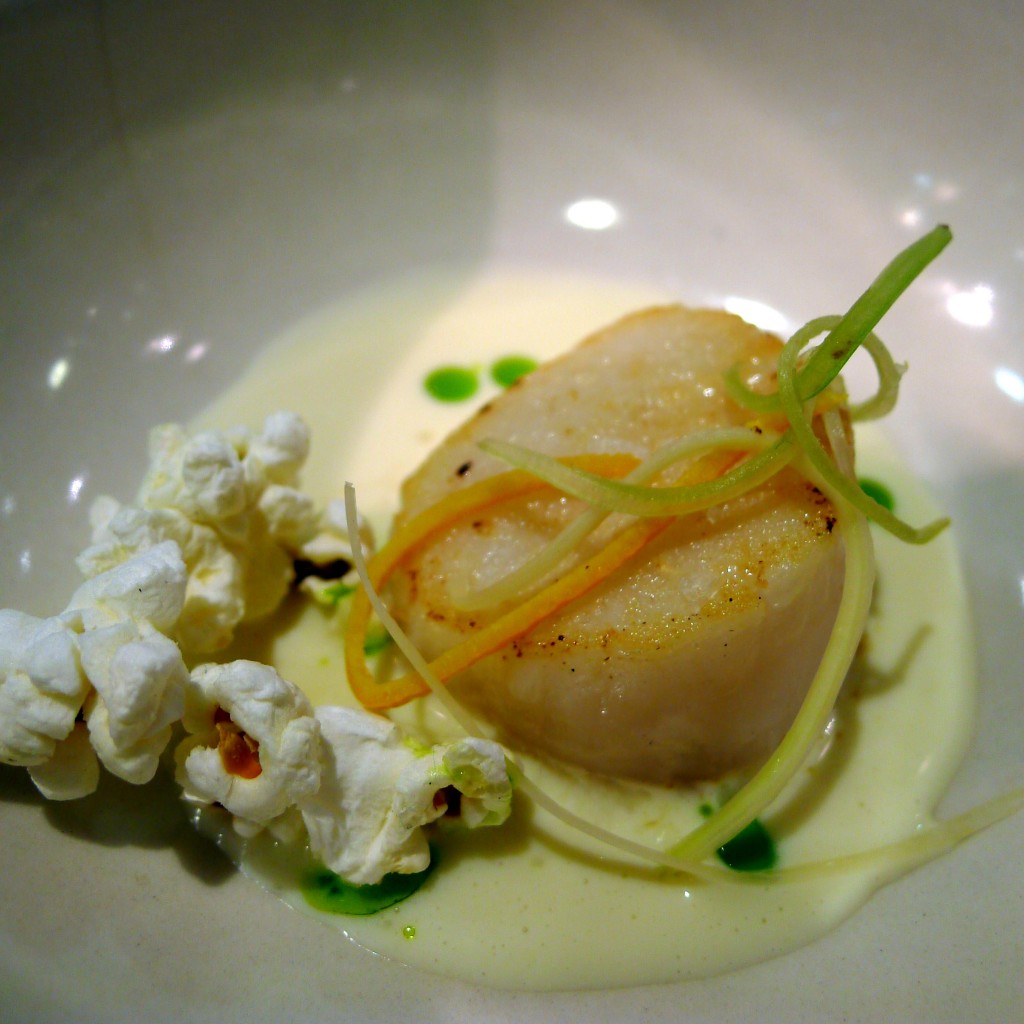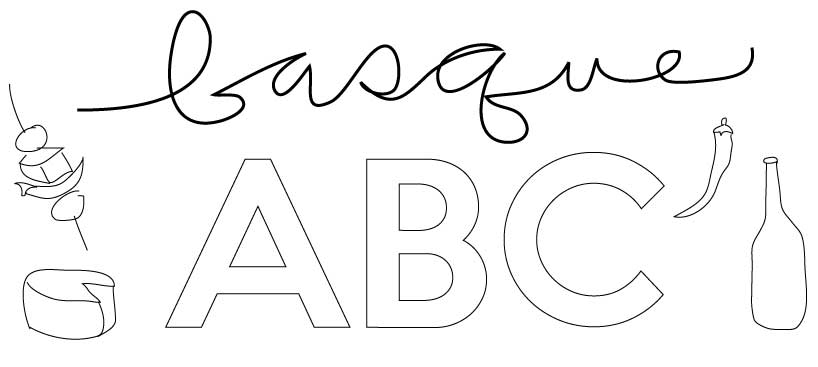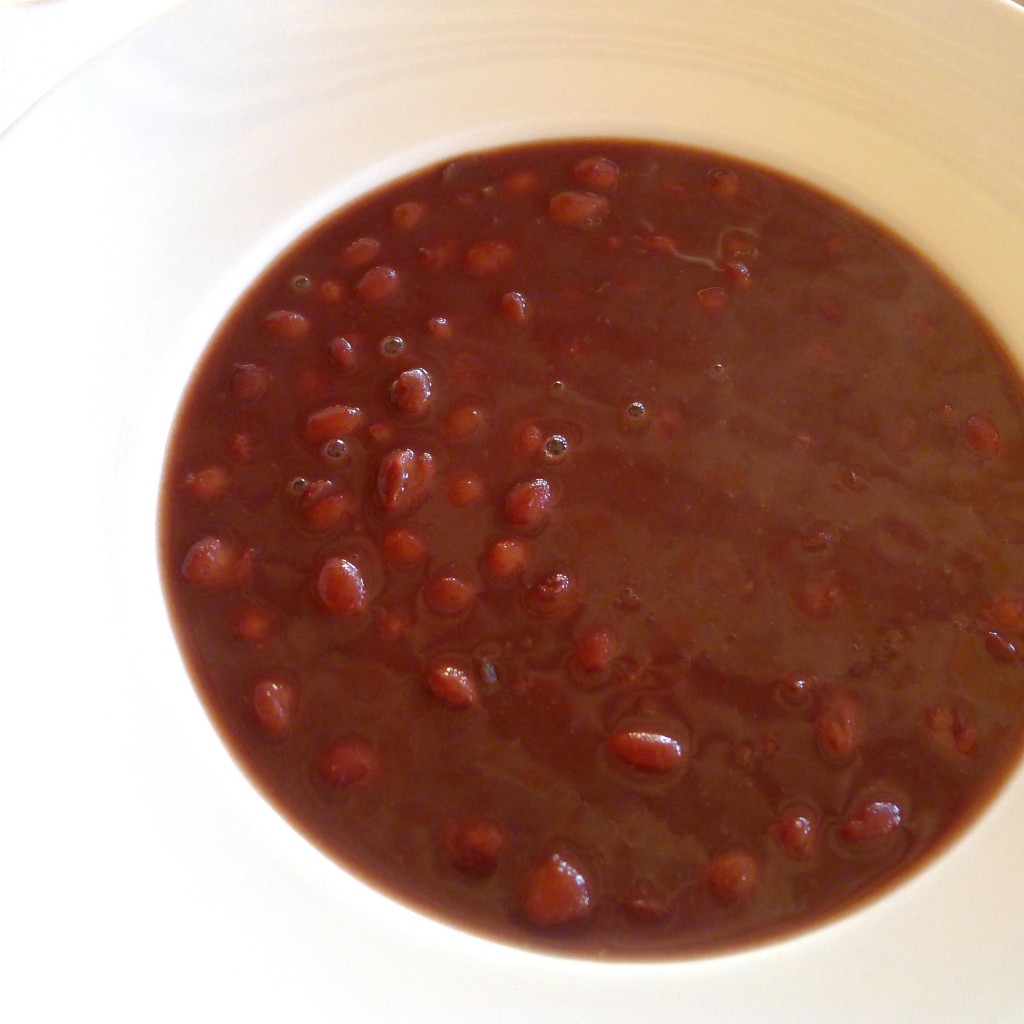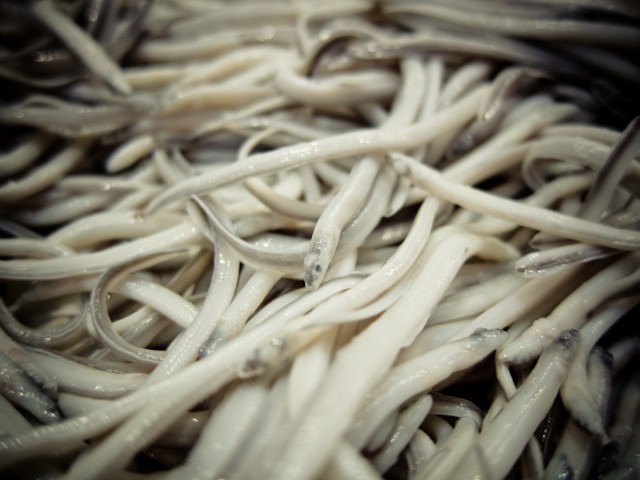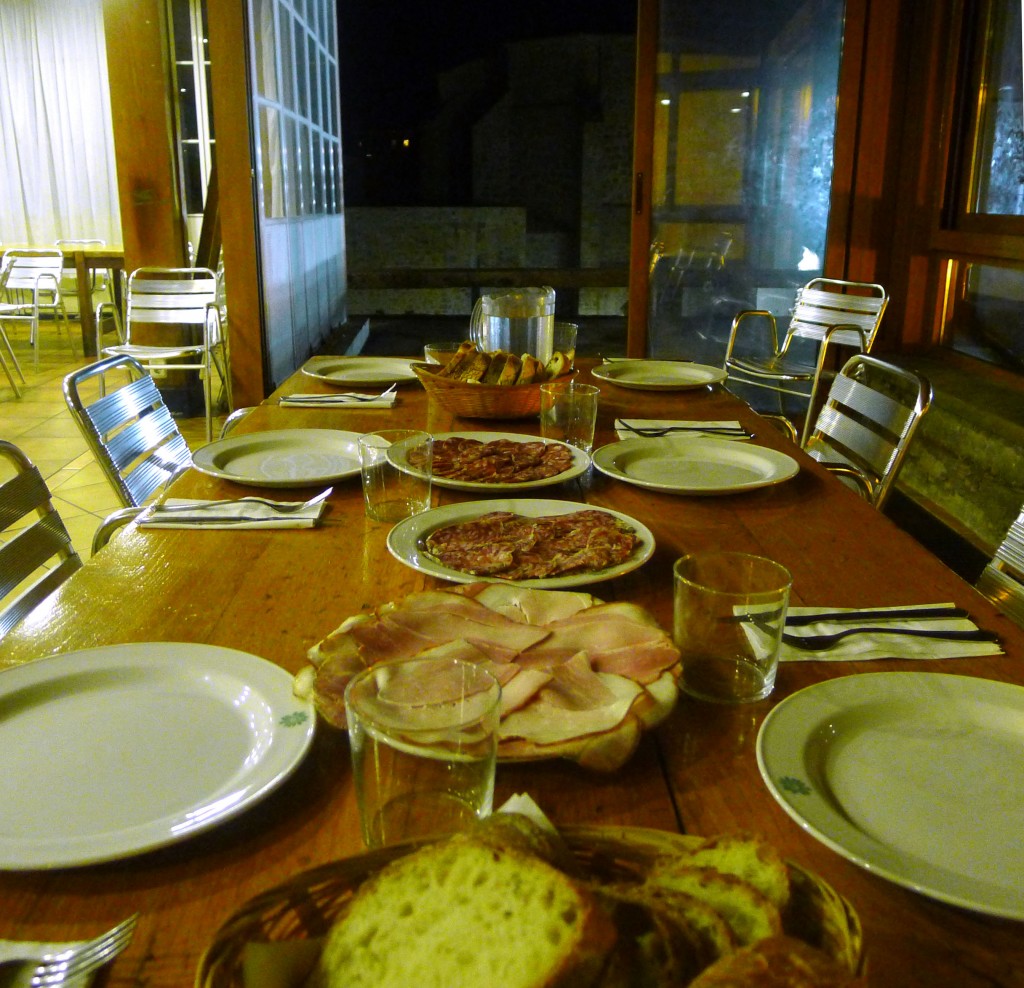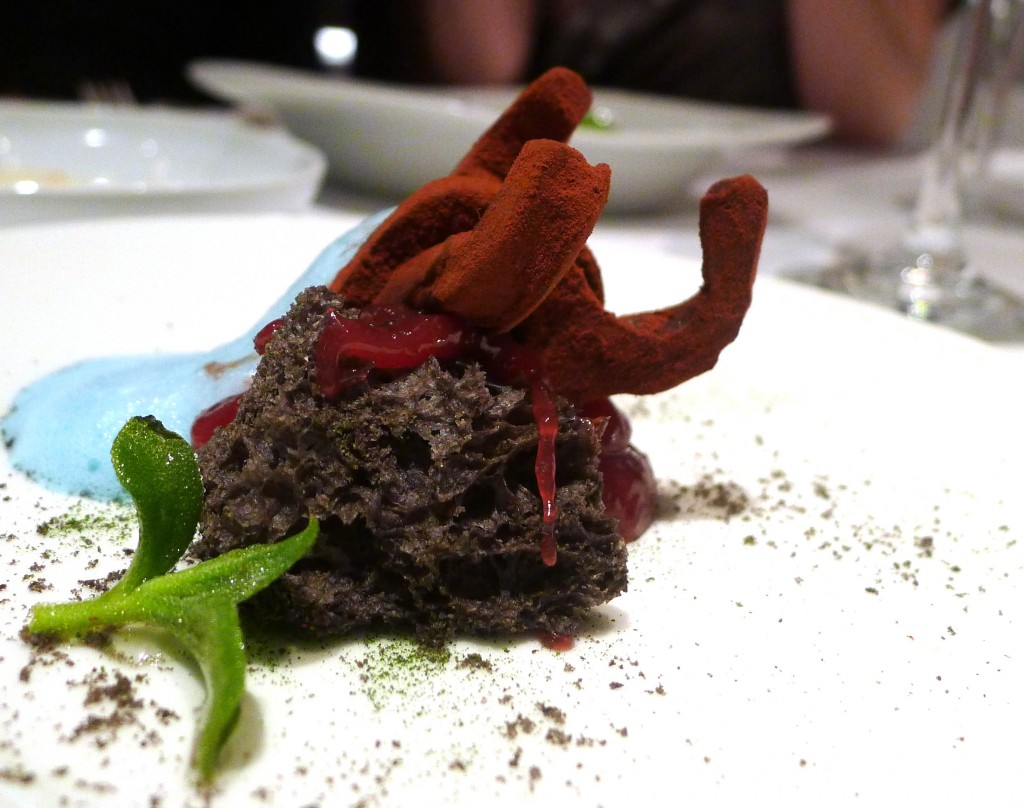
Yesterday the announcement for the World’s 50 Best Restaurants was made, and Basque Country chefs continue to have a very outsized presence on this list.
Coming in at NUMBER THREE is a personal favorite of mine, located ten minutes outside of San Sebastián, Mugaritz. Chef Andoni Luis Aduriz and his team is truly deserving of that spot. Arzak also holds strong, at number 8, with Elena Arzak winning an additional accolade of Best Female Chef.
For me, what is truly special about the Basque presence in the top 50 is not only the outsized presence Basque chefs hold (for a region that isn’t much bigger than an American state) but also how loyal they are to their culinary traditions. Eating at one of these restaurants is NOT a cosmopolitan, global experience. It’s quite the opposite-the meals tend to be strongly tied to their location and traditions (like the Wind Comb dessert, from Arzak, above). It’s a strength.
Etxebarri, in leaps and bounds that can be attributed to word of mouth as well as alignment with current gastronomic trends such as using amazing product and leaving well enough alone, comes in this year at number 31. Martín Berasategui, on the other hand, drops to 67.
Gora Euskadi! On egin!

